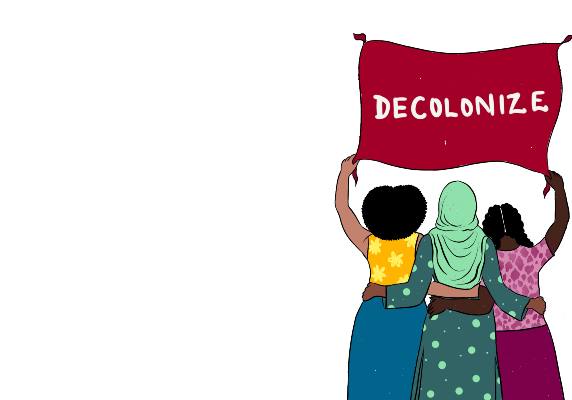The pros and cons of merging international NGOs
Mergers and acquisitions (M&A) are dirty words, conjuring up images of aggressive takeovers, reserved only for the corporate world and definitely not the NGO sector, unless you are really desperate.
At least that is what the findings of The Good Merger Index report might suggest: there have only been 55-80 charity mergers/acquisitions in England and Wales per year, since the report began six years ago, out of a whopping 168,000 registered charities.
The insightful report goes on to describe M&A as a “taboo subject” which is feared and used mainly out of a desperation to survive. When in fact it should be part of every chief executive’s strategic “toolbox”. This negative perception is unfortunate because a merger or acquisition (for simplicity we will stick with the term “merger” to cover both) can facilitate many benefits.
Threats of mergers
Whilst this perception is disappointing, it is also completely understandable. The potential downsides of a merger for an individual organisation run deep and threaten the bedrock of a charity, namely its autonomy and identity. The possible loss of autonomy and identity combine with other human issues of self-interest and culture clash to make a merger a daunting prospect.
In addition to these aspects, there are the more practical issues of time and cost of the merger process. Cost savings are also often overestimated and the risk of losing donors, due to the loss of affinity to a brand, should also be considered. In summary, a merger is a risk. But like all risks, the rewards can be great.
Subscribe to our newsletter
Our weekly email newsletter, Network News, is an indispensable weekly digest of the latest updates on funding, jobs, resources, news and learning opportunities in the international development sector.
Get Network NewsLet’s face it, with the UK international development sector facing a potential reduction in income of £1.3 billion this year, drastic times require drastic actions. As Oxfam International’s former head of strategy, Barney Tallack, puts it “Northern INGOs have three options: transform, die well or die badly”. A merger is a great way to transform or die well.
Benefits of a merger
The potential benefits of a merger can be broken down into the five S’s:
- Services – improved quality of services and possibility to create a one-stop-shop of complementary services, thus increasing the effectiveness of aid programmes
- Scale – increasing the number of programme participants reached and often their geographical range, thereby increasing visibility and influence
- Skills – gaining access to a larger skillset by obtaining high quality, specialised and diverse staff
- Savings – improving efficiencies by reducing duplication resulting in lower costs, thus increasing value for money, impact and ultimately public trust
- Sustainability – improving financial security as part of a bigger organisation and increasing attractiveness to funders
All under the broad umbrella of synergies, 1+1=3. The key to maximising the benefits is to find the right partner. The right partner should complement your organisation’s strengths and counter its weaknesses, as well as being well-aligned in terms of values and culture. If you choose the wrong partner the impact can be very detrimental, because simply being bigger is not always better.
Bigger is not always better
Arguments against consolidation in the sector often include:
- Too big to govern – if organisations become too big, they can become difficult to govern and give rise to bad practices and potentially more public scandals
- Consolidation of power – increased power in the hands of fewer NGOs in the northern hemisphere is the opposite of what the localisation agenda seeks to achieve
- Specialisation and innovation – the bigger the organisation the greater the distance between management and programme participants, hence the less reactive, agile, specialised, innovative an organisation may become
All are very valid concerns. However, with almost 18,000 charities in England and Wales describing themselves as working internationally, it begs the question whether there is a happy medium: too big and the risks above become more likely, too small and the scale and efficiencies are often lacking.
Ultimately, the decision to merge should be a bottom-up decision based on the likely benefits for the individual organisations. If two organisations can achieve more together, than they can apart, a merger should not be feared, but be considered as a positive way to increase impact. Then 1 + 1 really does equal 3.
Join us on 2 September for our webinar looking at the myths, risks and opportunities of INGO mergers
Category
News & Views



